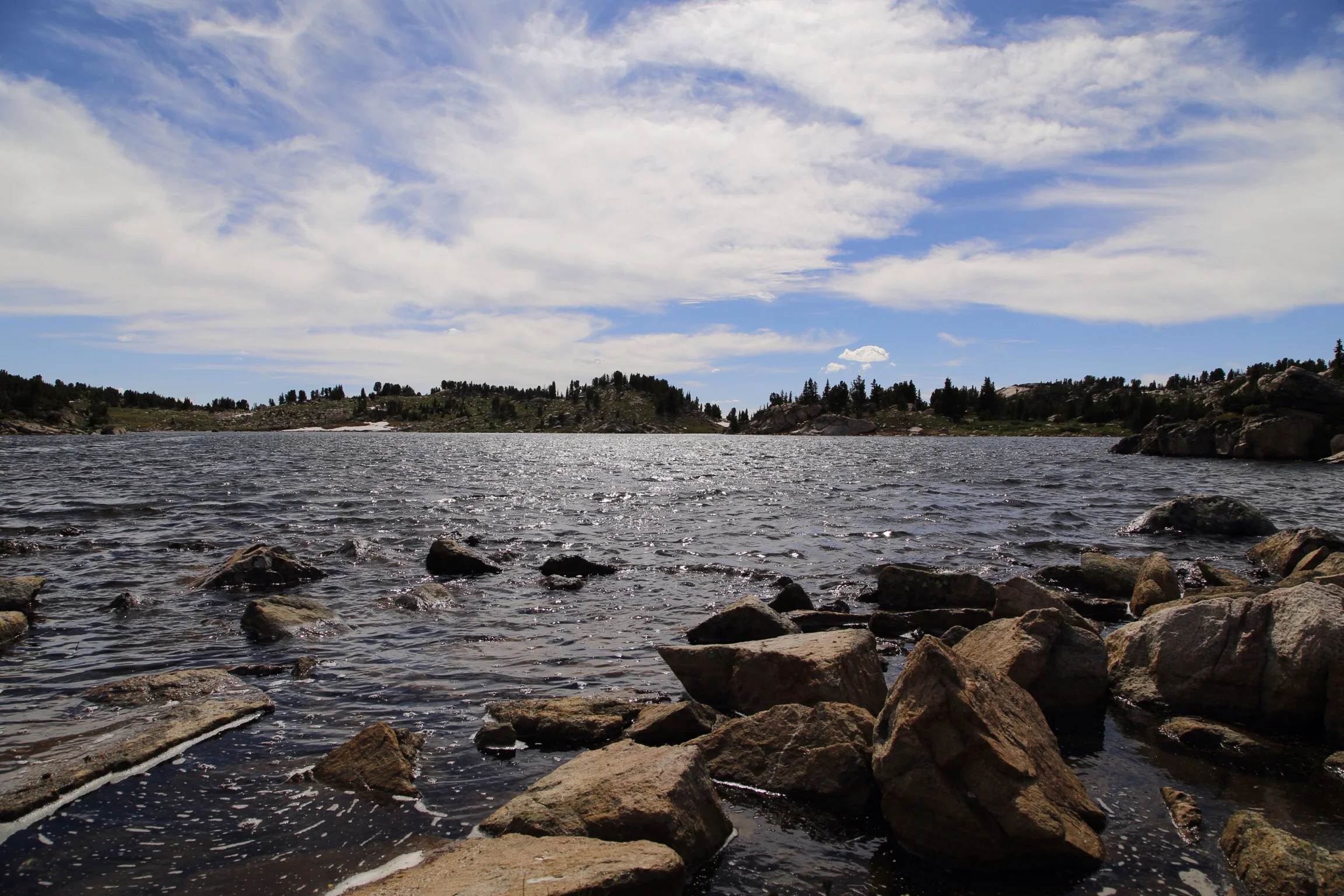mohammad mozaffari
Cold Climate Nitrification in Treatment Wetlands
The nitrification process is generally considered the most temperature-sensitive process among the biological processes in wastewater treatment. To better understand constructed wetlands’ performance in treating ammonia at different wastewater dosages under freezing temperatures, our group is analyzing 24 experimental vertical wetland pilots in a freezer under temperatures (0.5, 1, 2, 5, 10, and 20 ‘C) planted with two different kinds of wetland plants (Carex utriculata and Phragmites australis) and also two different soils, including fine-grained gravel and washed concrete microchip. Our main aim is to pin down reaction rate constants under cold temperatures and also find values of the temperature correction factors (θ) from the data sets under different influent wastewater dosages. We are also going to model the vertical wetland systems regarding their performances in treating ammonia through nitrification reaction. To better define more accurate hydraulic retention times of the influent dosages, we will set up tracer test experiments and then use the final tracer test results to figure out the number of tanks in series, which needs for modeling the wetland systems by using gamma function distribution.
Mohammad is a Ph.D. student in Civil Engineering major. The gist of his research and study is Natural Wastewater Treatment systems (Constructed Wetlands). In Iran, he researched a Novel Aerated Constructed Wetland, which was called Racetrack Wetland. Now, he is working on a fascinating project about nitrogen removal from urban sewage by constructed wetlands in cold climates. Hanging out with his friends is his main hobby.

